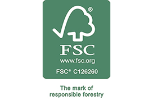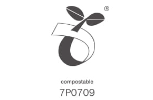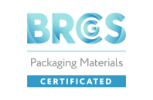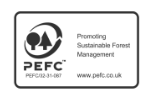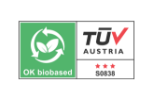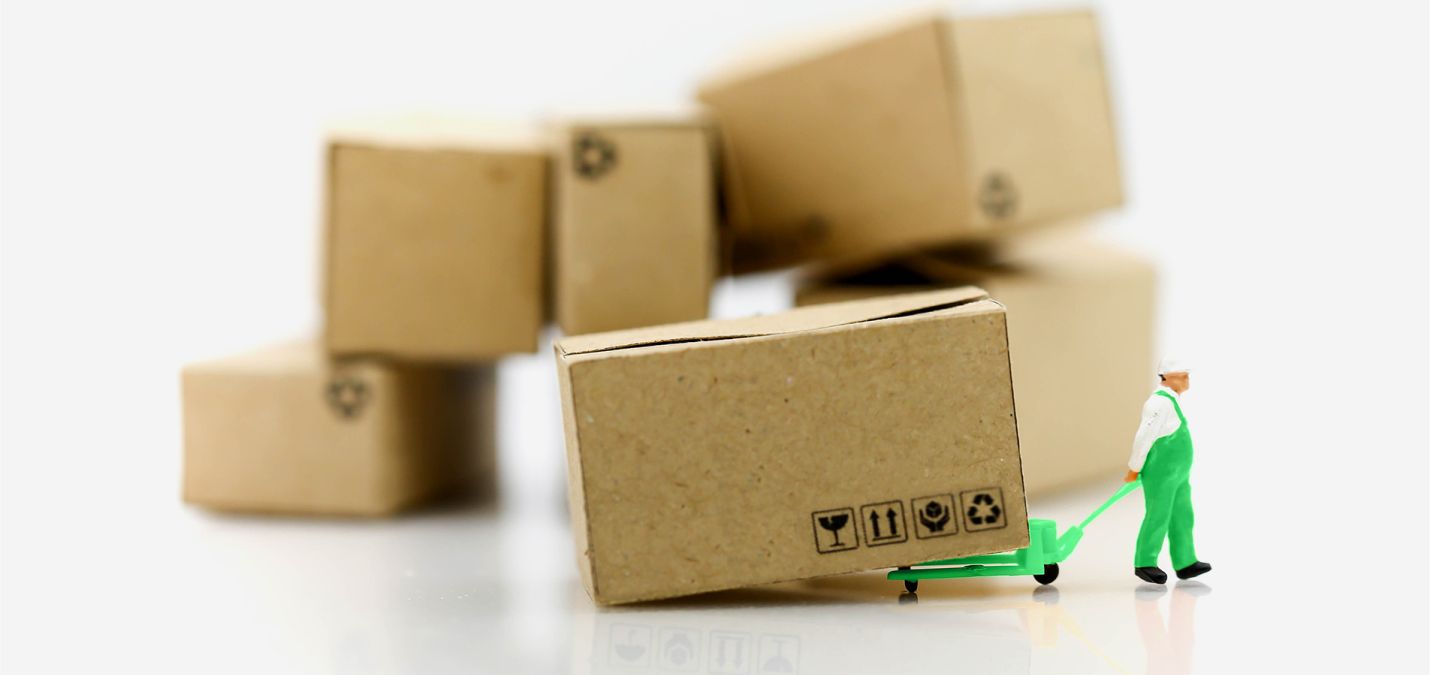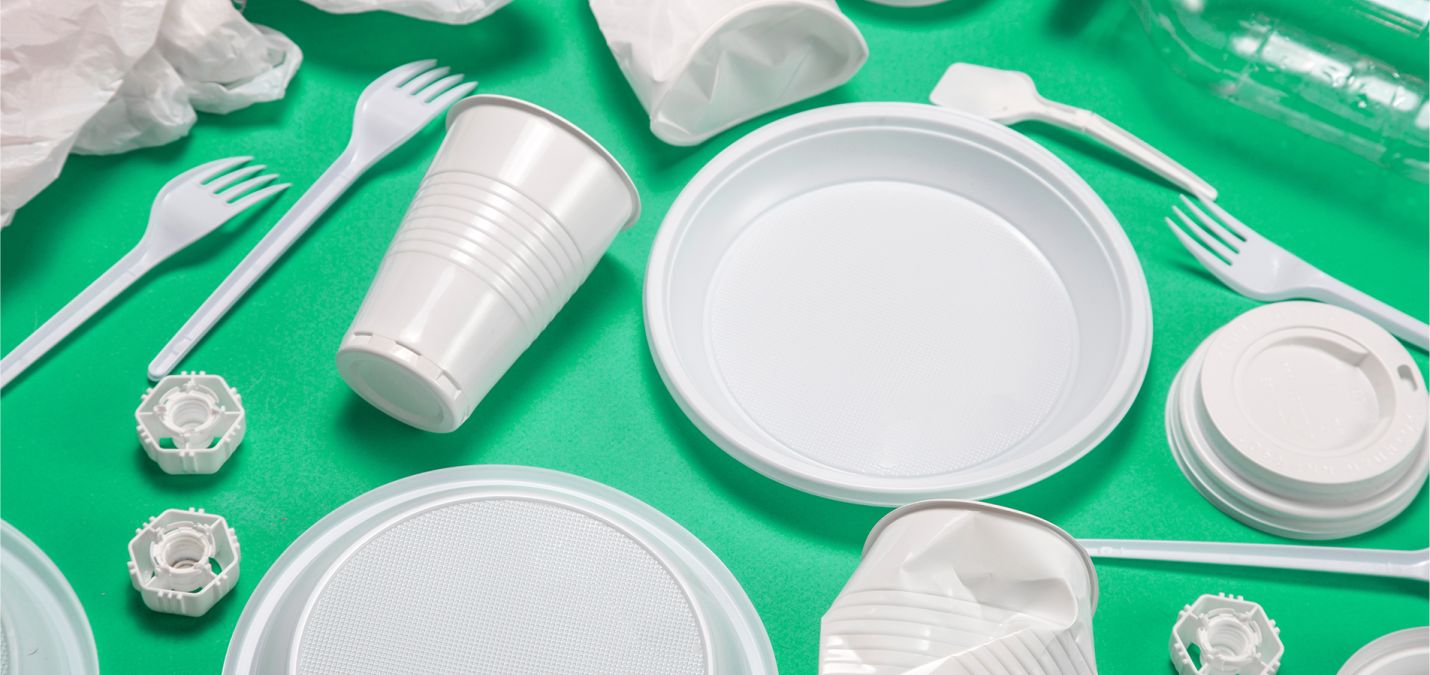

Discover 7 varieties of plastic and choose consciously
Did you know that the plastic shopping bag is made of a completely different type of plastic than, for example, a bottle of shampoo? In the world of plastics, we distinguish 7 varieties of this material. Each has different properties, and some of them can be recycled. Check which plastic varieties are safe for health and the planet, and which ones are worth giving up.
Today, there is the talk of the need to reduce plastic for the benefit of the environment. And although it is practically impossible to eliminate this material from life entirely, limiting, or at least making conscious choices, brings great sense. The only question is how and what to limit? Knowledge is the key to conscious and environmentally friendly selection.
It is worth looking at the packaging of your favourite food and cosmetics, everyday objects or children's toys. Each type of product contains a special marking, thanks to which we know which type of plastic we are dealing with. Get to see the list of 7 plastic varieties with a description of their properties and the impact they have on health and the environment.
# 1: PET (polyethylene terephthalate)
Mark:

It is the most popular variety of plastic. PET, also called PETE or polyester, is a material that primarily produces food and drinks packaging. And this is due to its exceptional lightness and strong ability to prevent oxygen from entering. Due to these properties, PET packaging protects food from deterioration better, and carbonated drinks against carbon dioxide. Interestingly, PET can also take a transparent form, which is why it has massively replaced glass beverage bottles. It was also recognized that since PET is much lighter than glass, transporting products in such packaging simply pays off because more loading is possible.
What is made of PET?
- Packaging for dry food products (especially those with a long shelf life, e.g. pasta, groats, dried fruits).
- Beverage packaging.
- Packaging foils.
- Packaging for other food products (e.g. yoghurt containers or fresh fruit baskets).
Is PET safe?
Despite the massive popularity in the world, PET is not entirely safe material. Yes, this variety of plastic is approved for contact with food and used as intended, does not pose a threat. However, remember not to wash and reuse beverage bottles or ice cream cups. It is also worth paying attention to the rules of product storage. For example, a bottle of water left in a heated car can begin to release compounds harmful to health that get into the drink and then into the human body. And although PET is most often considered in the recycling process, it contains antimony trioxide - a substance found to be carcinogenic. What does it mean? The longer the liquid stays in the PET packaging, the more likely antimony is to be released. Besides, PET bottles may also contain so-called xenoestrogens, i.e. substances with similar effects to the female hormone estrogen. An excess of xenoestrogens may affect the development of serious diseases such as diabetes or cancer.
Can PET be recycled?
Yes, PET is a plastic variety that is most often recycled. Elements made of this material are cleaned after use and then recycled. The material obtained in this way can be reused for production.
# 2: HDPE (high-density polyethylene)
Mark:

The next variety on our list is HDPE. It is one of the safest types of plastic for health, most often used for the production of children's toys or their plastic components. Compared to other varieties, HDPE has long, practically unbranched polymer chains. It means that HDPE is much denser and therefore stronger and thicker than the popular PET variety.
What is made of HDPE?
- Toys for kids.
- Foil bags.
- Packaging for dairy products (milk, yoghurt, kefir).
- Cleaning supplies.
- Drug packaging.
Can HDPE be recycled?
It is a plastic variety that is not only recyclable but is even more stable than PET. It is widely believed that packaging containing HDPE is a safer alternative. Also, HDPE is much more expensive and valuable material than PET, which is why packaging after chemistry or food products is most often recycled.
# 3: PVC (polyvinyl chloride)
Mark:

In Poland, more often than PVC (the international abbreviation for polyvinyl chloride), you can see the abbreviation PVC (derived from its Polish name: polichlorek winylu). However, we are talking about the same variety of plastic, from which many different products are made. Until recently, it was also the second (after polyethylene) the most commonly used plastic resin in the world. PVC has, however, lost its popularity over the years. PVC production and utilization processes have been recognized as the cause of many human health problems. In terms of toxicity, PVC is considered the most dangerous plastic.
What is made of PVC?
- Building elements, e.g. pipes, windows, cable insulation.
- Some toys.
- Food wrap.
- Detergent packaging.
- Blood transport bags.
- Medical tubes.
Can PVC be recycled?
As the most toxic plastic, PVC can release various toxic chemicals. Among them appear such substances as, e.g. bisphenol A (BPA), lead, mercury, cadmium, phthalates and dioxins (in the combustion process). It is worth noting that several of the chemicals listed can cause cancer. In children, they can cause allergic symptoms, and in adults, they lead to dysregulation of the endocrine system. Therefore, PVC is rarely accepted in recycling programs.
# 4: LDPE (low-density polyethylene)
Mark:

LDPE is another polyethylene on our list. LDPE, unlike PET and HDPE, has the simplest chemical structure of a plastic polymer. Thanks to this, it is extremely easy and cheap to process. LDPE polymers have significant chain branches, including long side chains, making them less dense and less crystalline (i.e. structurally less structured). As a result, LDPE has a thinner and more flexible form.
What is made of LDPE?
- Sacks and bags for various uses.
- Plastic packaging.
- Coatings for cardboard packaging.
- Cups for hot and cold drinks.
- Squeeze bottles (ketchup, mustard).
- Food storage containers.
- Container lids.
- Wire and cable cover.
Can LDPE be recycled?
Although some studies have shown that LDPE can cause adverse effects on the human endocrine system, this material is considered a safer plastic alternative used in the production of food and drink. Unfortunately, this type of plastic is quite difficult to recycle.

# 5: PP (polypropylene)
Mark:

When it comes to hot food containers, it's second to none. Polypropylene is more rigid and heat resistant, making it great in the catering industry. As for strength, PP can be located between LDPE and HDPE. Like LDPE, PP is considered a safer material in contact with food and drink.
What is made of PP?
- Food and drink packaging.
- Bottle corks.
- Thermal vests.
- Auto parts.
- Hygienic measures (e.g. nappies, panty liners).
- Packaging of contact lenses.
Can PP be recycled?
Elements made of polypropylene can be recycled. Mainly packaging made of this material is reused.
# 6: PS (polystyrene)
Mark:

Under the mysterious name of PS is known to everyone styrofoam. This plastic variety owes its exceptional popularity above all to its exceptional lightness and many practical applications (e.g. insulation, protection of delicate items in transport). Unfortunately, it is one of the most dangerous varieties of plastic for health and the environment. For example, warm food packaging can flush out styrene under the influence of temperature and food. It is a chemical compound considered toxic to humans and animals. It affects the work of the brain, nervous system, immune system, lungs and liver. It is also assumed that styrene may cause depression.
What is made of PS?
- Protective elements (e.g. electronics in boxes).
- Food packaging.
- Egg cartons.
- Disposable cups and bowls.
- Bicycle helmets.
Can PS be recycled?
Dangerous for health and the environment PS has a low recycling rate. Recycling is challenging with polystyrene. Reason? Dirty polystyrene (it is difficult to keep building polystyrene or used in containers for hot dishes clean) is usually not suitable for processing.
#7: Other
Mark:

The seventh number is all plastics except for markings 1-6 and those plastics that can be layered or mixed with other varieties (such as bioplastics). The most known material in this category is PC (polycarbonate). This material, which is also called Lexan, Makrolon or Makroclear. Interestingly, the popularity of polycarbonate has fallen in recent years, mainly due to links with bisphenol A (BPA). The presence of this substance in PC has been associated with numerous health problems, including hormonal or neurological changes. Due to the toxicity of PC, several countries have banned the use of this material for the production of baby bottles and packaging for baby products.
In addition to harmful plastics containing the BPA mentioned above, there are also bioplastics in the group of plastics marked with number seven. A great example can be PLA or tritan.
Can other materials be recycled?
Recycling of plastics with reference number 7 is currently impossible because sorting plants are not able to determine which material they are dealing with (especially in the case of mixtures).
7 varieties and what's next?
It is worth distinguishing between varieties and markings of plastics. Thanks to this, you learn about their properties, recycling possibilities, and their impact on health and the environment. With the knowledge of plastics, you can make wise, everyday choices. It is especially important when it comes to the packaging of food and drink, children's accessories and toys, or building components that fill the structure of the house. It is impossible to give up plastic completely, but by choosing the least harmful varieties consciously, you support health and the environment. It's worth knowing to take action. And when the ecological clock is ticking, every effort, even on a micro-scale, is extremely important.
Zobacz również:
Most frequently read

About company
Silbo – packaging production experts with 20 years of experience in the industry. We support environmental protection on many levels, for example with creating new, biocompostable standards in the field of packaging production. These are the main values on which the activity of SILBO is based: focusing on innovation, ecology and quality issues.
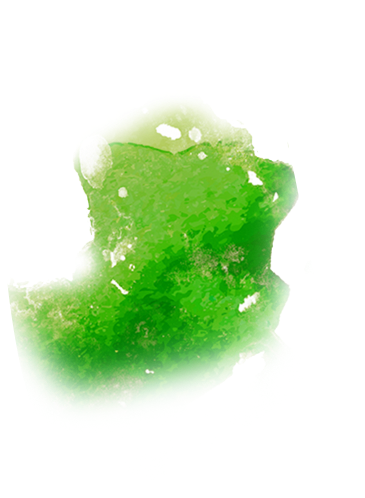

Received certificates
